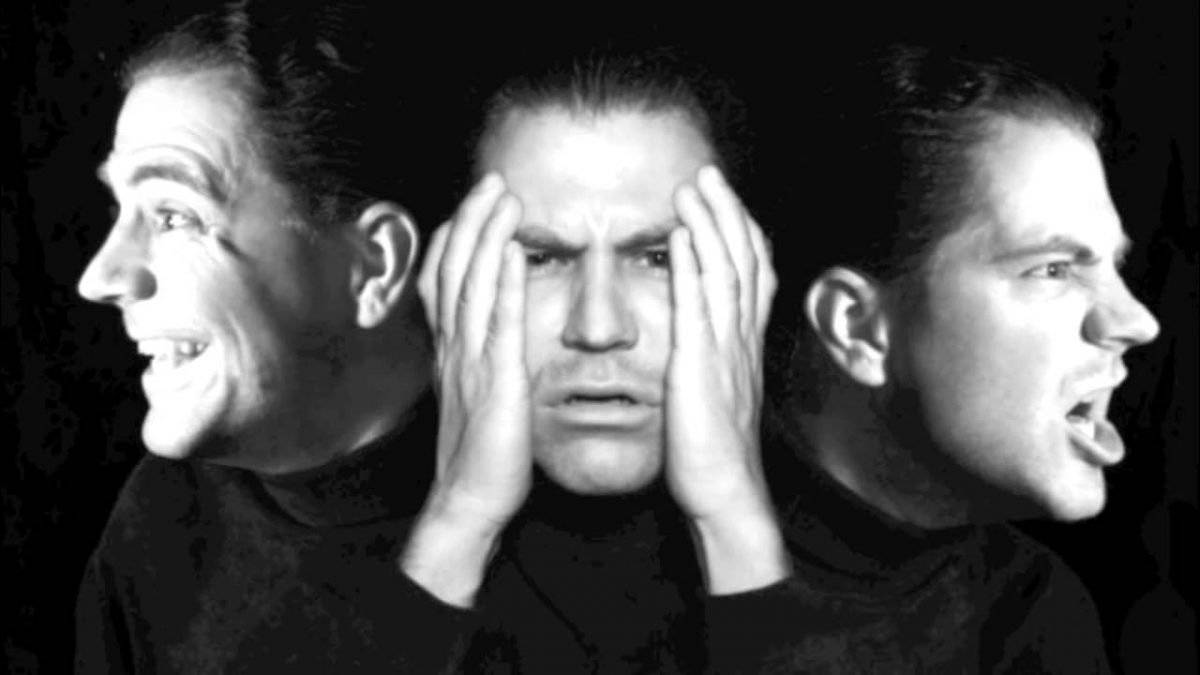 NABH Certified
NABH Certified
What is Bipolar Affective Disorder?
Bipolar Affective Disorder (BPAD) is a mental disorder marked by frequent episodes of extreme “highs” (mania) and “lows” (depression) in an individual’s mood. Those affected by this illness experience changes in their mood as well as their energy and behaviour in an episodic manner with periods of normal mood in between these episodes.
How often do individuals with BPAD experience mood changes?
The changes in mood may last for hours, days, weeks, or even months and varies from one individual to another.
At what age are individuals affected by BPAD?
The onset of BPAD in individuals normally begins in the early 20s, although some of the symptoms may be seen in a mild degree in teenage years and may be unrecognizable and passed off as an age-related issue. Although very rare, BPAD may sometimes occur in children as well.
What are the common symptoms seen in BPAD?
Individuals with BPAD most commonly complain of mood swings. Although mood swings are common to all, the severity of these mood swings is what differentiates individuals with BPAD from the general population. These severe mood changes tend to disrupt the daily activities that need to be carried out. The severity of these mood swings may range from excessive energy (mania) to profound sorrow (depression).Mania and depression are looked at as opposite ends of a continuum with normal mood lying somewhere in the middle of the spectrum.
Symptoms of mania:
Symptoms of depression:
What are the causes of BPAD?
Although the exact cause of BPAD is under study, some of the factors that could be;
It is important to remember that BPAD is not a character flaw of the individual. It is rather a treatable mental illness.
How is BPAD diagnosed?
Although there is no medical examination that can conclude the existence of BPAD in an individual, the symptoms can be checked against the list of criteria provided to psychologists and psychiatrists. Along with this, there are also some psychological assessments that can be used to detect the presence of symptoms of mania and depression such as the Brief Psychiatric Rating Scale (BPRS), Altman N-Mania Rating Scale, and Beck’s Depression Inventory (BDI).
How can BPAD be treated?
BPAD is manageable, medication would help individuals to live a normal healthy life. Psychological counselling is prescribed to understand self and to learn coping skills.